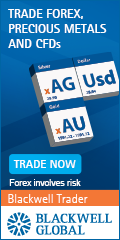Dear Fellow Traders,
I am collecting links and other resources which include examples of using nonparametric association steps in egy development and risk management. Two chief examples of nonparametric association steps are http://www.stanfordphd.com/KendallsTau.html and http://www.stanfordphd.com/SpearmansRho.html. The two steps are based on ranks. As such, they're naturally suitable for trading, where people care more about the advantage going up/down and less about the true size of the motion.
The steps are strong in the sense that they are not sensitive to big infrequent spikes in the data. For this reason they're more secure compared to correlation#8230; The robustness may be a blessing in some scenarios (in which #8220;smoothing#8221; is necessary) and it may be a curse in others. I use nonparametric dependence measures in a couple of places in my egies but their effectiveness is surely much wider. I would like to boost my scope and, perhaps, write a wonderful systematic web-resource one day... Any information would be appreciated.
Thank you.





 Reply With Quote
Reply With Quote